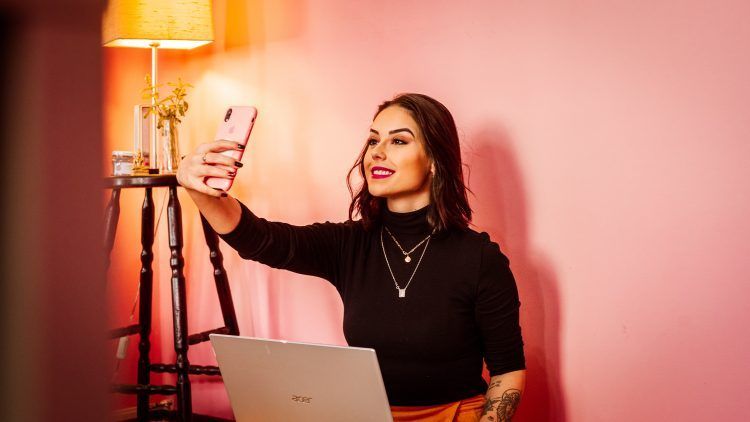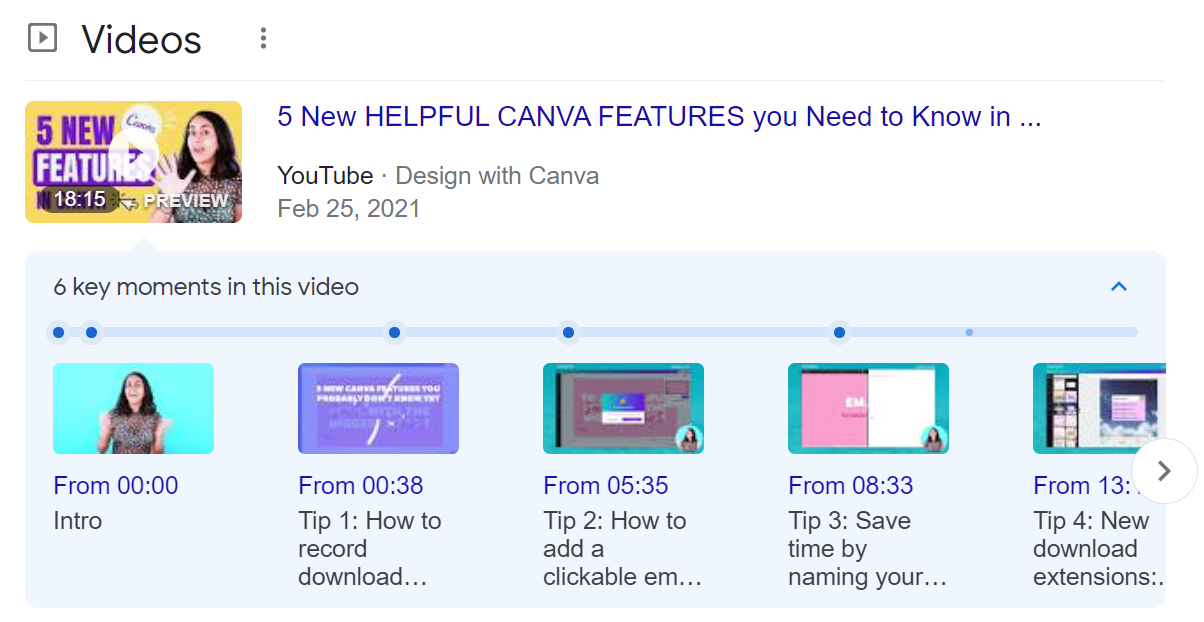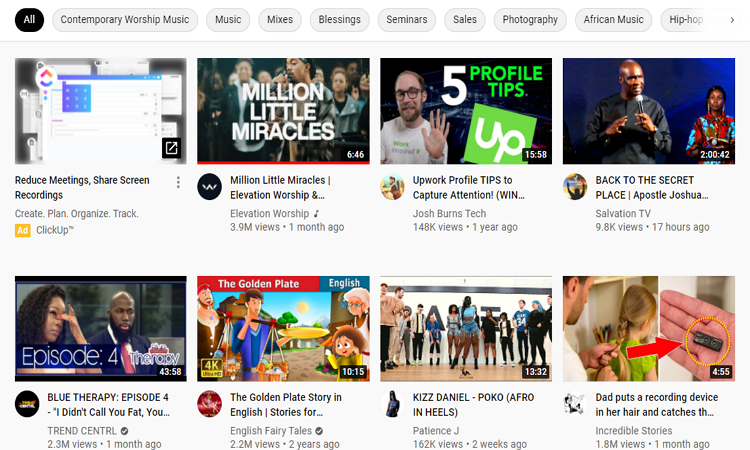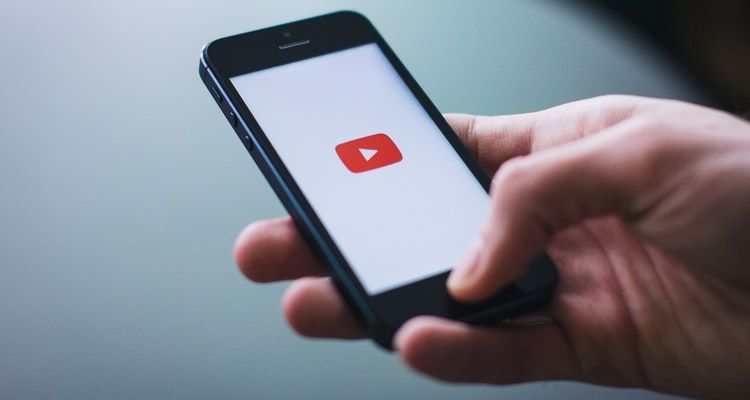YouTube is home to lots of great videos. However, the platform is constantly changing and evolving. And 2021 is no exception.
These changes are a mixed bag, with some designed to encourage content creators to create more content, some designed to help users get more out of the service, and some designed to help YouTube make more money.
In this article, we look at some of the YouTube rules set to change in 2021, along with some of the new features being rolled out.
1. YouTube Monetization
YouTube boasts tens of millions of content creators and over 2 billion monthly users. YouTube uses automated algorithms to show certain content to certain users based on background factors such as location, age, and others.
As a user on the platform, you should be aware that YouTube has the right to monetize every piece of content on the platform legally. This includes ads showing on videos not within the YouTube Partner Program. These ads are going to be placed in the videos of users who cannot monetize their videos. Therefore the revenue of those videos can go entirely to YouTube.
Also, note that this type of revenue will not be shared with the video creators.
2. Facial Recognition Restriction
YouTube's policy on collecting information from others is clear: "Don't do it." This applies to using someone's YouTube username or photo, harvesting other people's faces, or asking your users for their email addresses.
You need to request permission before using the information for an activity, so it does not cause harm to that person or others. YouTube also advises creators who run contests to comply with YouTube's contest policies and guidelines.
The Terms of Service clearly state that you cannot collect any information which may establish or features someone without their permission. Whereas this has perpetually enclosed face recognition information, the new Terms make that expressly clear.
3. YouTube Chapters
YouTube Chapters were first launched in 2019, and they are getting more potent by the day. When you rank on Google with your YouTube video, these chapters will be visible under your Google rankings.
YouTube automatically puts chapters in videos, so the content creator doesn't need to place them manually if they don't want to do so. The company is also experimenting with a new timestamp tool that will help content creators put in chapters seamlessly.
4. YouTube Shorts
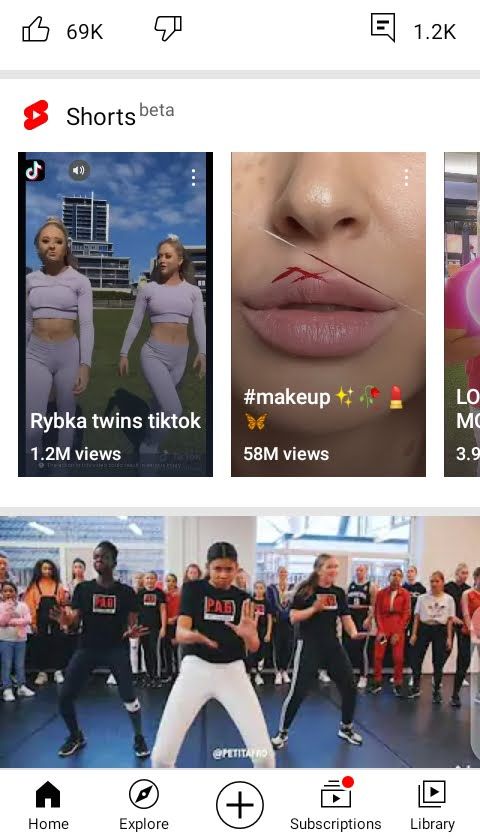
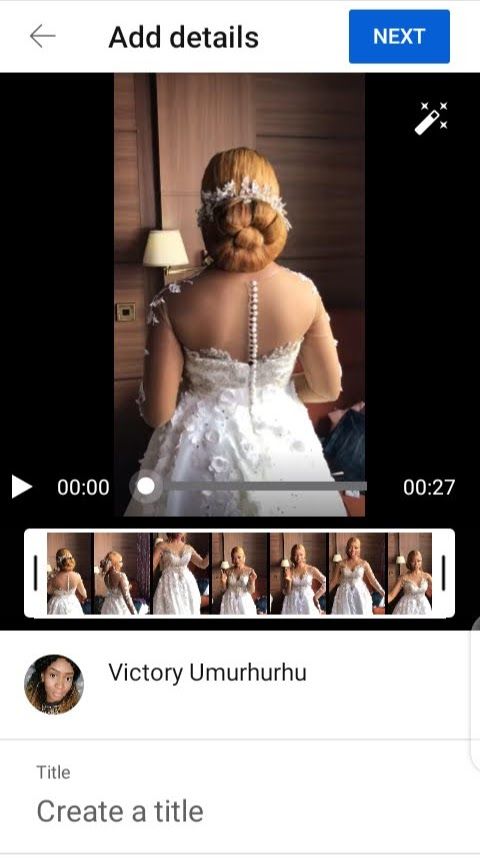
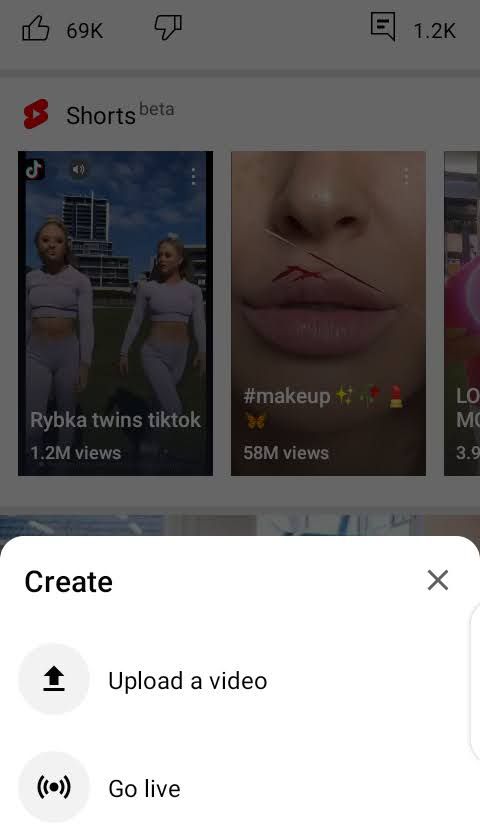
YouTube introduced Shorts in 2020, and it's very similar to TikTok. YouTube Shorts are concise videos up to 60 seconds long that are presented in a horizontal format. This YouTube feature is present on your mobile homepage already; it has creation tools that make video content creation seamless.
Examples of such tools are the music and sound, where you can add a song or audio content when creating your own YouTube Short. This camera tool was first explored in India but is now available to the rest of the world.
5. YouTube Royalty Payments and Tax Withholding
You have full ownership rights of any content uploaded to YouTube. In order words, whatever belongs to you is genuinely yours. Notwithstanding, YouTube insists you grant certain rights to it and other consumers of the service.
In a recent update, it said:
By providing Content to the service, you grant to YouTube a worldwide, non-exclusive, royalty-free, transferable, sublicensable license to use that Content (including to reproduce, distribute, modify, display, and perform it) for the purpose of operating, promoting, and improving the service.
YouTube creators who are qualified to receive revenue payments are reminded that such payments will be treated as royalties from a US tax perspective. Google can withhold these taxes where needed by law.
6. YouTube Homepage Filtering
YouTube has new sorting options on its homepage; this gives users more chances to filter their content. You can see different topics that you watch regularly, and you can see different types of videos.
For example, you could see contemporary worship music or sales-related videos if you regularly watch either of those types of videos. But you can also see types of videos like lifestyle videos or recent uploads.
This new feature is only available in YouTube's English version. If you want to see this, simply switch your YouTube language to English, and you will see it. We are hopeful that this feature will roll out to the rest of the world before the end of 2021.
7. YouTube Polls
YouTube has added polls to get quantitative and qualitative data from its creators and users. After watching a video, you could see a poll with the headline, "How is YouTube Today?". You have the option to choose; Absolutely outstanding, Extremely good, Very good, Good, or Not good. You may see other lines like, "Did you enjoy this video?".
That's why as a creator, you must create good videos that truly educates, entertains, or informs others. This feature gives the viewers more choices and builds a more robust algorithm.
YouTube also gives the viewer more control by allowing them to report unhealthy ads they think shouldn't be on YouTube.
8. More Features for YouTube on Mobile
Statcounter data shows that the majority of individuals watch video content on their phone over a desktop PC.
YouTube is aware of this and so it's making features that were previously only available on desktops and laptops available on mobile devices.
Some examples of these features are the metadata, dark mode, realtime analytics, and the ability to filter your comments. In 2020, YouTube introduced new analysis data, such as the time range your viewers are available on YouTube, the other types of videos your audience watch, and valuable insights for audience retention.
What's Next for YouTube?
These days, YouTube is more than just a video-sharing platform. It's also a social network with the largest community of content creators and viewers on the planet. Because of this, YouTube is constantly evolving. It needs to do so to keep up with societal and cultural changes.
It's up to us, as viewers and/or creators, to make use of these new features while abiding with the new rules.


